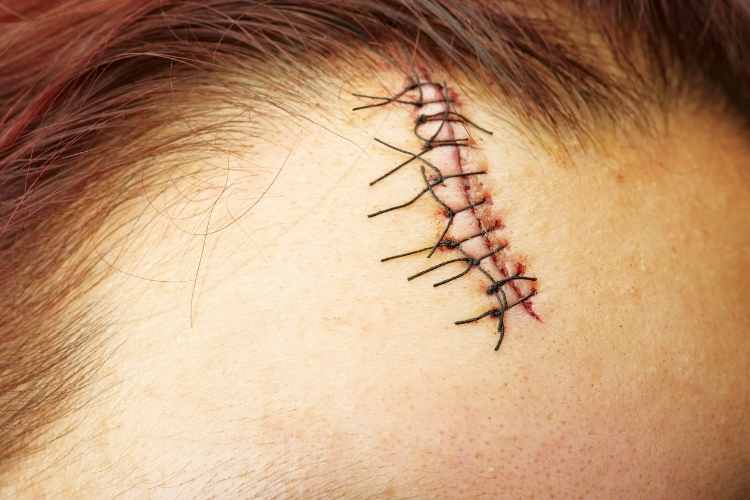Accidents happen, and sometimes that means you have a cut on your skin. But how do you know if that cut needs stitches?
This blog post will discuss the three undeniable signs that your cut requires stitches. If you are injured and are not sure whether or not to go to the hospital, read this post.
1) The Cut Is Deeper Than a Quarter Inch
The first sign that your cut requires stitches is the depth of the cut. If it is more profound than a quarter-inch, it will likely need to be closed with stitches.
An excellent way to measure the depth of a cut is to compare it to another object. For example, if you were to compare the cut to a penny, you would want to ensure that the cut is not any more profound than the top of Lincoln’s head.
If you are unsure about the depth of it, it is always best to err on the side of caution and get early medical attention.
It can be difficult to stop the bleeding when you have a deep cut. If you cannot control the bleeding, this is another sign that it may need stitches.
If the cut is on an area of your body that bends, such as your knee or elbow, it is also good to seek medical attention. Again, it is because these types of cuts can often result in more severe injuries, such as tendon or nerve damage.
Cuts that are jagged or have ragged edges are also more likely to require stitches. In addition, when a cut has jagged edges, it can be difficult for the skin to heal correctly.
2) You Can See Bone, Muscle, or Tendon
There are two types of stitches, internal and external. Internal stitches are used to close deep wounds, such as those that involve bone, muscle, or tendons. External stitches are used to close surface cuts.
It will likely require internal stitches if you can see bone, muscle, or tendon in your wound. If the bone protrudes from the wound, do not attempt to push it back in. It could cause additional damage.
You can either choose dissolvable or non-dissolvable stitches. Dissolvable stitches are made from materials absorbed by the body over time. Non-dissolvable stitches need to be removed by a healthcare provider.
If you have a deep cut, it’s essential to clean the wound immediately. First, gently rinse the wound with warm water and soap.
3) The Wound Isn’t Healing Well or Is Getting Worse
Infections can quickly set in if a deep cut isn’t properly cleaned and cared for. If you notice your wound isn’t healing after a few days or getting worse, it’s time to seek medical attention.
If you’re worried about an infection, watch for these symptoms:
-Fever
-Increased pain or swelling around the wound
-Red streaks leading from the wound
-Pus or drainage from the wound
-Swollen lymph nodes in your neck, armpits, or groin
If you notice any of these symptoms, make an appointment with your doctor.
Final Thoughts
Whether you’re dealing with a cut or a more severe gash, knowing when to seek medical attention is essential. If you’re ever unsure, it’s always best to err on the side of caution and see a doctor. They can properly assess the situation and determine whether or not you need stitches.

